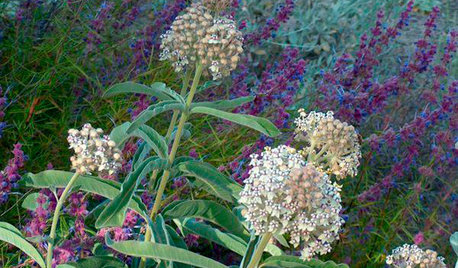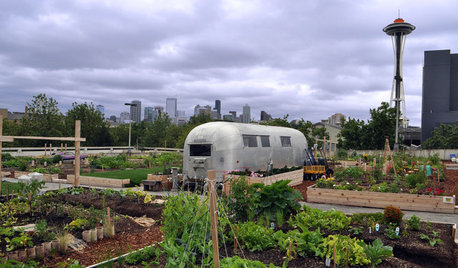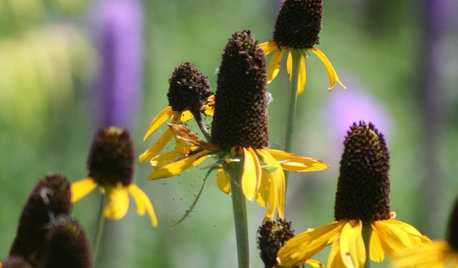Planting on top of old stump
silverneedle
14 years ago
Featured Answer
Comments (14)
hortster
14 years agobotann
14 years agoRelated Professionals
Milwaukee Landscape Architects & Landscape Designers · Quincy Landscape Architects & Landscape Designers · Mooresville Landscape Contractors · Darien Landscape Contractors · Galveston Landscape Contractors · Golden Gate Landscape Contractors · Hannibal Landscape Contractors · Lexington Landscape Contractors · Ringwood Landscape Contractors · Sun City Center Landscape Contractors · Newington Siding & Exteriors · North Richland Hills Siding & Exteriors · Fairfax Decks, Patios & Outdoor Enclosures · King of Prussia Decks, Patios & Outdoor Enclosures · Myrtle Beach Decks, Patios & Outdoor EnclosuresEmbothrium
14 years agosilverneedle
14 years agoDan _Staley (5b Sunset 2B AHS 7)
14 years agosilverneedle
14 years agoToronado3800 Zone 6 St Louis
14 years agoUser
14 years agoDan _Staley (5b Sunset 2B AHS 7)
14 years agoEmbothrium
14 years agoDan _Staley (5b Sunset 2B AHS 7)
14 years agosilverneedle
14 years agosheilakozak_msn_com
12 years ago
Related Stories

DECORATING GUIDESBring Nature Indoors With Tree Stumps, Trunks and Logs
Furniture formed from wood in its natural state adds earthy elegance to any room
Full Story
GARDENING AND LANDSCAPINGOld-School Green Design: Art Imitates Plants
Enjoy the play of color and form when nature and design work together
Full Story
GARDENING GUIDES10 Top California Native Plants, Trees and Grasses
Enjoy a fuss-free, water-wise garden in the Golden State by growing plants naturally in tune with the climate and wildlife
Full Story
GARDENING GUIDES10 Top Native Plants for the U.S. Southeast
For a low-maintenance and wildlife-friendly landscape, use Southern natives that withstand heat and humidity
Full Story
GARDENING GUIDES10 Top Native Plants for Southern California Gardens
Enjoy a fuss-free, water-wise garden by growing plants naturally in tune with the climate and wildlife of Southern California
Full Story
SPRING GARDENINGTop 10 Scented Plants for Your Garden
A palette of perfumed plants can transform even the smallest of gardens into a sensory delight
Full Story
HOUSEPLANTS10 Top Plants to Grow Indoors
Brighten a room and clean the air with a houseplant that cascades artfully, stretches toward the ceiling or looks great on a wall
Full Story
URBAN GARDENSCommunity Thrives Along With a Garage-Top Garden
Seattle neighbors join forces to create a large-scale community garden atop an old parking structure
Full Story
GARDENING FOR BUTTERFLIESGreat Design Plant: Giant Coneflower, a True Exclamation Point
Watch as towering stalks topped by yellow blossoms become a beacon for birds and insects in the midsummer garden
Full Story









Embothrium